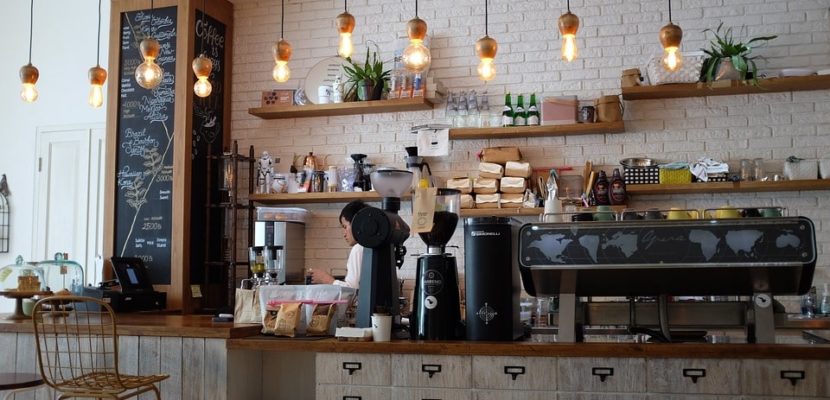
Starting a Coffee Business? Be Sure to Read This
- Mark Edwards ·
- 0 Comments ·
- January 23, 2019
Coffee is the most consumed beverage in the world, with more than 400 billion cups consumed each year. Just like many other consumer products, you may be unaware of the long journey it takes to arrive in your cup. Between the time they’re planted, picked, and purchased, coffee beans go through a series of steps in the supply chain to bring out their best taste.
Planting
Coffee is planted as a seed in large, shaded nurseries. Coffee plants are now cultivated in over 70 countries, primarily in the equatorial regions of the Americas, Southeast Asia, the Indian subcontinent, and Africa. Planting typically takes place during the wet season as the plants need to be watered often and the soil can remain moist while the roots become established. Newly planted coffee trees take an average of three to four years to bear fruit.
Harvesting Coffee Cherries
When the coffee cherry turns a bright, deep red, it is ready to be harvested. There is typically one major harvest per year that gets hand-picked every eight to ten days. This harvest can last four to six months. In countries like Colombia, where there are two flowerings annually, there is a main and secondary crop.
Harvesting coffee cherries can be done in one of two ways: strip picked or selectively picked. Strip picked is when all of the cherries are stripped off the branch at one time, either by hand or a machine. Selective picks are done solely by hand, rotating trees, choosing only the cherries at the peak of ripeness. Harvesting is extremely labour-intensive and costly.
Processing and Drying Coffee Cherries
Processing coffee cherries needs to begin as quickly as possible to avoid any spoilage. There are two ways to process the cherries. The first option is the dry method which is the original way to process the coffee, especially where water sources are limited. Cherries are spread out on large surfaces to dry in the sun and are raked and turned often to prevent them from spoiling. This process might take several weeks, depending on the weather, until the moisture of the cherry is depleted.
The second method is the wet method. The cherries are first passed through a pulping machine to separate the skin and pulp from the bean. Beans are then separated by weight and passed through rotating drums. Finally, they are put in large, water-filled fermentation tanks. Once fermentation is complete, the beans feel rough to touch before they’re rinsed and ready for drying.
So how do you ensure that every bean is processed the same way? Well, one method is to ensure that all your beans are the same temperature. This might seem simple, but with millions of tiny beans there can huge disparities and this can massively impact how the bean reacts.
To combat this, the industry has turned to the latest heat exchanger technology — as the modern heat exchanger is capable of handling any relatively free-flowing bulk solids, making it the perfect candidate for heating, cooling and drying coffee beans and ensuring they’re all at the same temperature while they’re processed.
Exportation
The coffee beans are now ready for exportation and are loaded onto ships in either containers or bags. The beans that are exported are green in colour as they are not yet roasted.
Roasting and Brewing
Roasting is the final step in the coffee bean life cycle before being ground up and brewed. Roasting transforms green coffee into aromatic brown beans. Most roasting machines maintain a temperature of about 550 degrees Fahrenheit.
The beans continuously move throughout the entire process to keep them from burning. Once they reach a temperature of 400 degrees, they turn brown and the fragrant oil is released. This is when the flavour and aroma are created. Once the beans are roasted, they are cooled and are ready to be ground and brewed as soon as possible.
If you are planning to start your own coffee shop, then understanding the stages of the coffee bean lifecycle is a helpful way to build your knowledge and ensure you source the best beans. But, before you launch, it is also essential to check that you have all the right equipment to help you serve your new customers the very best cup of coffee. Choosing the right Coffee Tools and equipment from the start will enable you to begin establishing your business as the place to go for a great cup of coffee as soon as you launch. Carrying out research and then purchasing the best tools will not only make your coffee taste better but will also make your life a lot easier by helping you work faster and more efficiently. This will enable your customers to get the perfect cup of coffee and excellent service.
